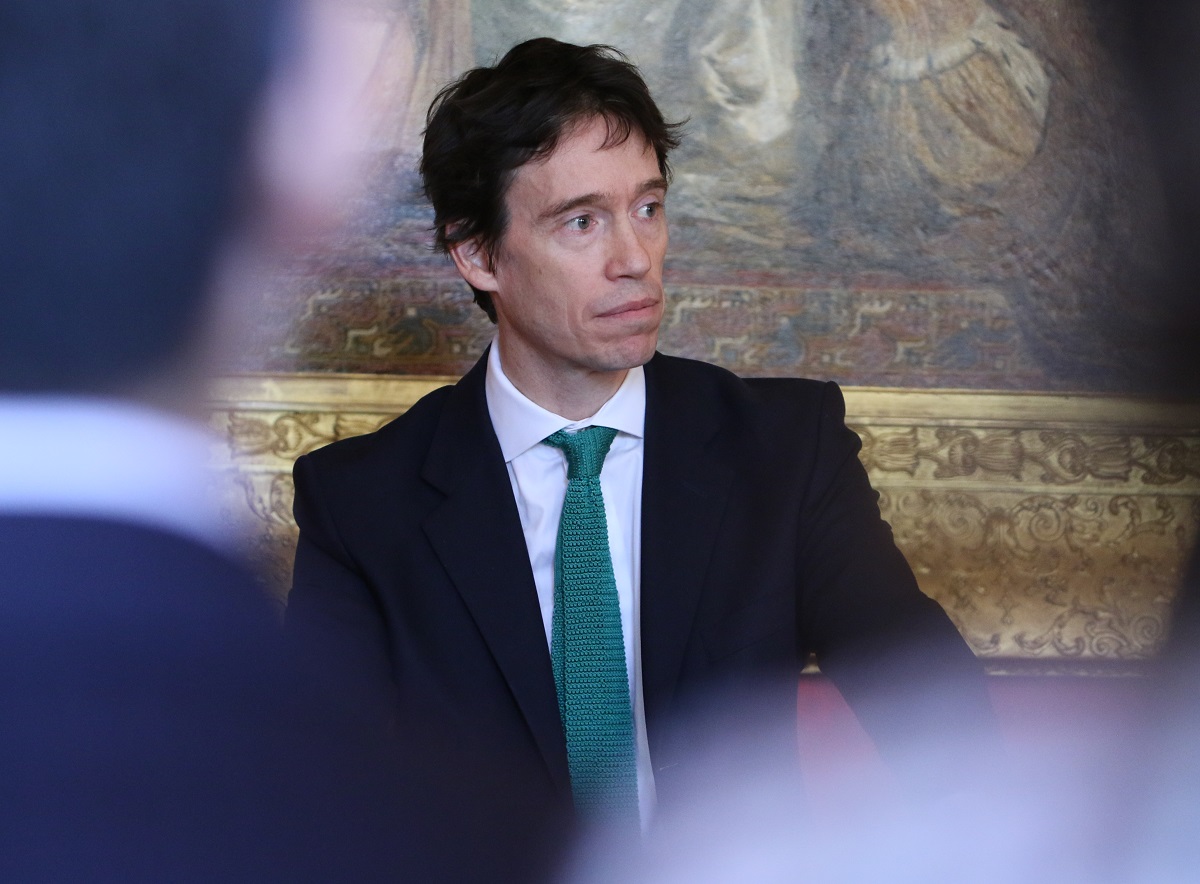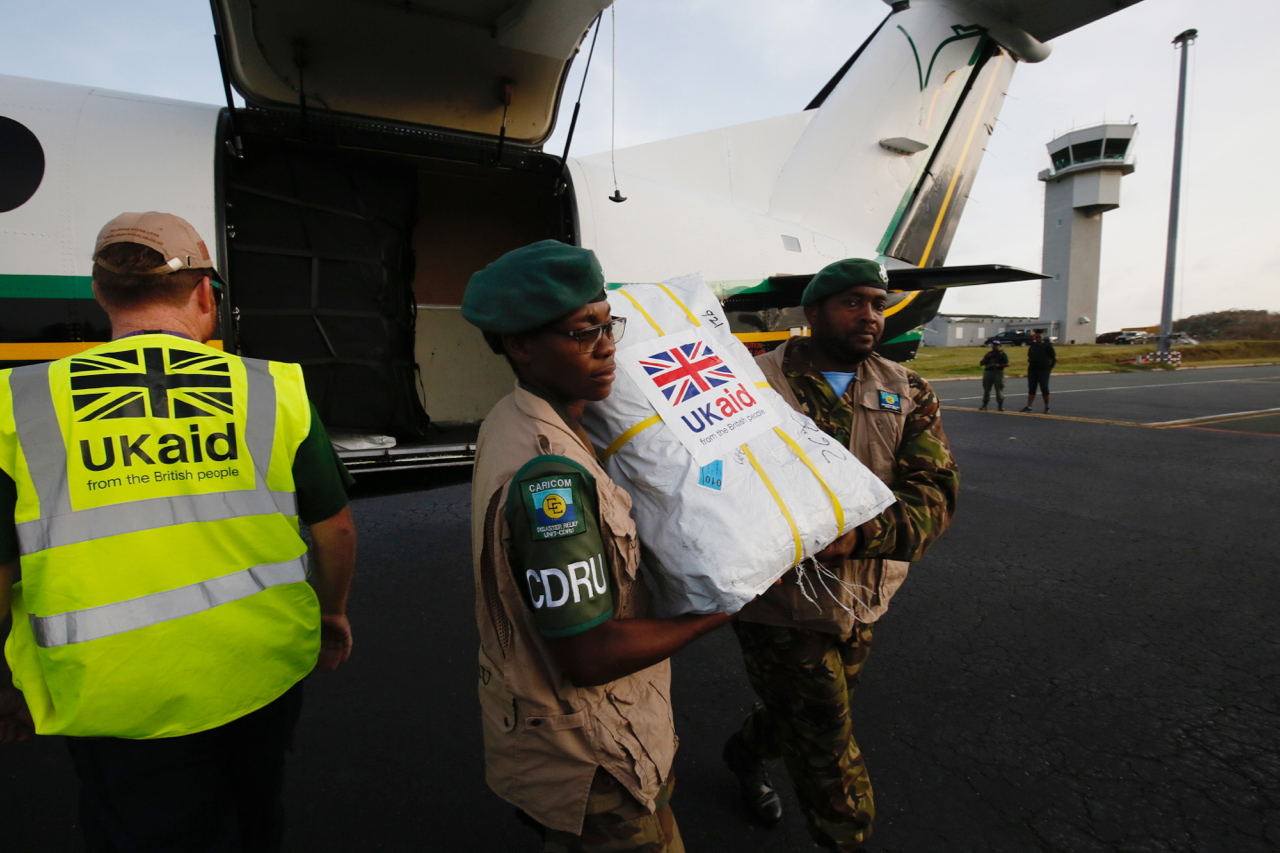Recommended
Update: This post was written ahead of Rory Stewart’s resignation as Secretary of State for International Development.
On May 1, British Member of Parliament Rory Stewart became Secretary of State for International Development. Thanks to the turmoil of UK politics at the moment, it seems likely that he’ll be the shortest serving Secretary of State since DFID was founded. That’s a shame for more than one reason: beyond the fact he’s whip-smart, open, engaged, passionate, and (dare I say it) a nice person, he has significant practical experience as a junior minister in the Department for International Development (DFID), as an academic and as someone who lived and worked in both Afghanistan and Iraq in the 2000s.
Best practice makes imperfect?
That experience has left a paper trail, which suggests some significant skepticism regarding the applicability of international expertise in development settings. In 2011, Stewart and Gerald Knaus wrote a book that asked the question “Can Intervention Work?” In the book, Stewart discusses his experience in Afghanistan, meeting the army of development experts who descended on the country in 2002, putting together a detailed 137-page plan with 69 separate tables and charts (including ones on esoteric topics like predicted teledensity), which made no mention of the actual political, cultural, and historical environment in which the plans would be executed:
They were not experts in gender or governance in Afghanistan: they were experts on gender and governance in the abstract. They had studied "lessons learned" by their colleagues in other countries and were aware of international "best practice.”
But while “best practice” has its place, suggests Stewart, it has only worked for comparatively technical issues. Outside experts “did well at stabilizing the currency but very poorly at establishing honest local policemen; well at designing bridges, poorly at weaning farmers from opium production.”
The more significant knowledge required for intervention, concludes Stewart:
is not theoretical knowledge – it is a form of practical wisdom: an activity in which there is no substitute for experience. The ideal instructors are those who have spent a long time getting to know a particular place and have seen it at very different times and under different conditions. The ideal education is through an ever more detailed study of the history, the geography, and the anthropology of a particular place, on the one hand, and of the limitations and manias of the West, on the other.
Stewart’s observations resonate beyond Afghanistan and Iraq, speaking to the role of outsiders in development in general and the role for “what works in development” in particular. I think that skepticism is broadly warranted, and reflected in a raft of great “don’t bring a cookie cutter to a wedding cake bakeoff” books including How China Escaped the Poverty Trap, Against the Grain, Navigation by Judgment, and Building State Capability. It raises a bunch of questions: how much can we (in particular “we outsiders”) apply experience and results from elsewhere in new situations and new countries? Is “best practice” a chimera? And if local experience is key to the design of successful policy interventions, who is best placed to develop and exploit that experience?
But one example used by Stewart from Afghanistan hits close to home. I may have been the source of the teledensity estimate he cites with a raised eyebrow. In 2002, a preliminary needs assessment for Afghanistan’s recovery and reconstruction by the Asian Development Bank, the UNDP, and the World Bank set a target of 50 telephones per 1000 people by 2012. Given teledensity was around two telephones per thousand people in 2002, it was considered a pretty optimistic target. I honestly don’t remember if I came up with that particular forecast—but I was certainly the person leading on the Afghan telecoms sector in the World Bank at the time and came up with similar projections—which turned out to be wrong. The number of mobile cellular subscriptions in the country increased from about one per 1,000 people in 2002 to 500 per 1,000 in 2012, suggesting the 2002 targets underestimated actual progress by a factor of as much as ten. If Stewart repeated his walk through The Places in Between today, he would be able to make calls from a mobile phone with some frequency.
Mobile experience
The global mobile revolution is an old story by now. It was already pretty far along by 2002. And as an economist who had already spent six years in a World Bank department dedicated to the mantra that well regulated private, competitive provision of telecommunications services were best practice, and had delivered that mantra to governments across the developing world, I wasn’t going to say anything else in Kabul. My director wouldn’t have allowed it had I wanted to. I managed the design of a World Bank project that effectively gave the government financing for its own communications network as a quid pro quo for opening up the mobile sector to competition.
An outside push towards reform might not have been necessary: the head of the Afghan Aid Coordination Authority at the time, former World Bank employee and future President Ashraf Ghani, supported mobile competition. And I should note I was a fairly hopeless project manager who completely lacked the technical skills to oversee the investment components of the project, had at best a somewhat adequate grasp of the regulatory details, and would have earned deserved condemnation from Stewart for my ignorance of Afghan languages, culture, and history. My successor as World Bank project manager, Tenzin Dolma Norbhu, was far more competent on every dimension and my main interlocutor, Minister Amirzai Sangin, knew far more about telecoms systems than I did. But the policy direction pushed by the project appears to have been the right one—or, at least, not a disastrously inappropriate one.
As to development impact, mobile phone penetration is hardly necessary or sufficient to achieving high income status. In 1983, when analog cellular services were first introduced in the US and penetration was a fraction of a percent, constant market GDP per capita in the country was $29,406—compare that to Afghanistan’s $584 per capita in 2017, when the country saw a 50 percent subscription rate. High access rates to decent amounts of electricity or a just and impartial system of law enforcement would surely have a larger impact. But in Afghanistan, tax revenues from mobile companies were a significant early domestic source of government finance. Perhaps most convincingly, millions of extremely poor Afghan people are willing to use a significant portion of their limited income to have a mobile phone if the service is available.
Competition in mobile telecoms is hardly the only example of something that seems to work pretty well pretty much everywhere. As Stewart points out, currency stabilization and bridge building are other examples. And wiping out smallpox, an activity discussed in Stewart’s maiden speech as Secretary of State, used not only an inoculation he rightly celebrated, but a ring vaccination method—an institutional and policy structure for delivery—that applied globally. Basic health interventions that replicate across countries are a big factor behind improvements in health in Afghanistan—child mortality has approximately halved over the past 20 years.
The practice in between
Interventions and programs that do and have replicated across countries clearly aren’t enough to solve development challenges—otherwise, everywhere would be as rich as Luxembourg. But they take some of the credit for the fact that the quality of life almost everywhere is considerably higher than it was a century ago: the world's least healthy countries in the fifth percentile of the distribution of life expectancy see higher life expectancies than the 95th percentile did a century ago. And countries for which we have data at the tenth (poorest) percentile of global income distribution have incomes per capita almost 10 times their level in 1820.
Any “development expert” wandering into a country about which they know little should do so with considerable humility. Many things that worked there won’t work here. What will or won’t replicate can rarely be known up front. The barriers to implementation even of things that would work can be notably different. Some combination of those factors will help explain the (extremely) mixed record of structural adjustment programs, for example. But sometimes, lessons learned and best practice actually apply, including to some really important development challenges.
A Department for International Development that had invested in both those who have spent a long time getting to know a particular place and those who have spent a long time getting to know a particular technical expertise—and made them work together—would have been a fine legacy for Rory Stewart. I hope he gets the chance to build it some time.
Disclaimer
CGD blog posts reflect the views of the authors, drawing on prior research and experience in their areas of expertise. CGD is a nonpartisan, independent organization and does not take institutional positions.
Image credit for social media/web: Wikimedia Commons






